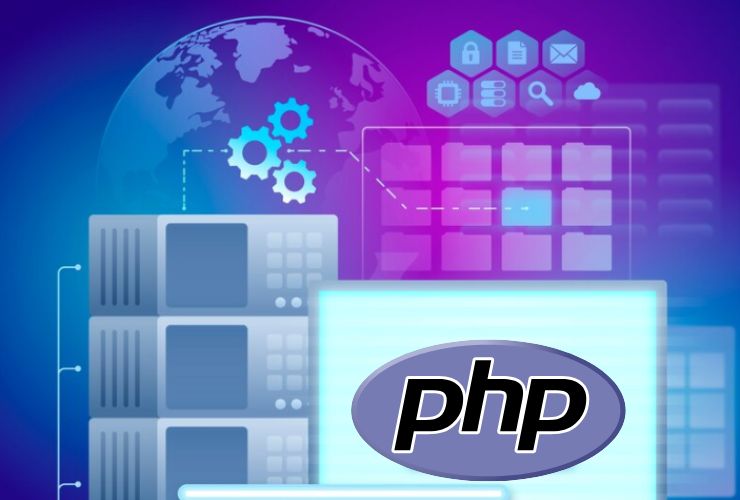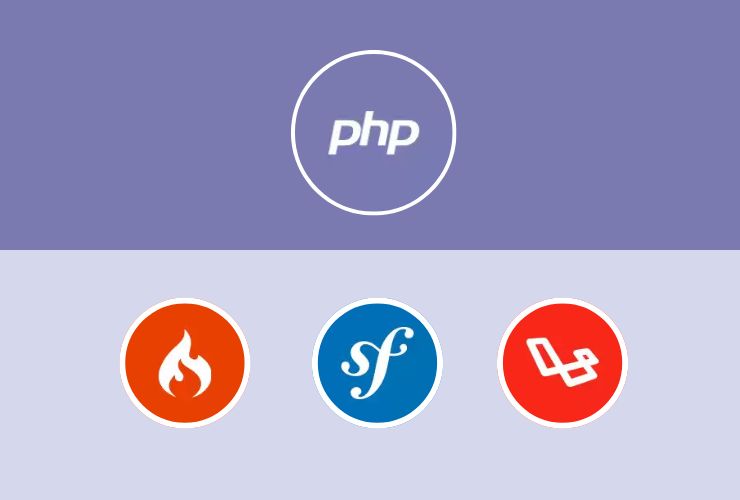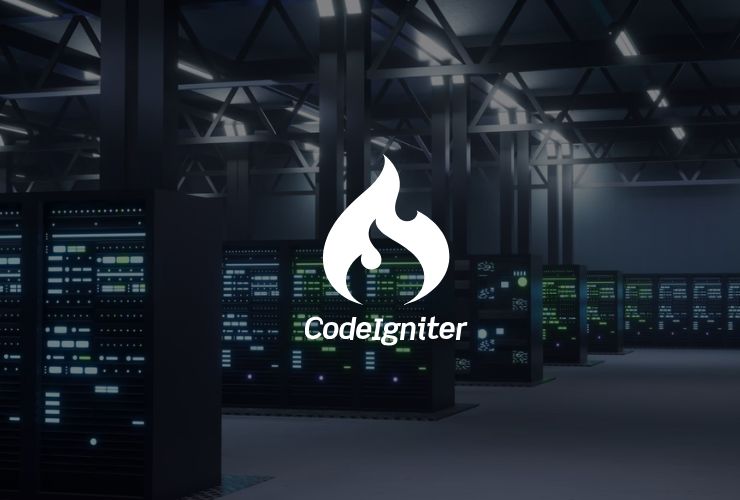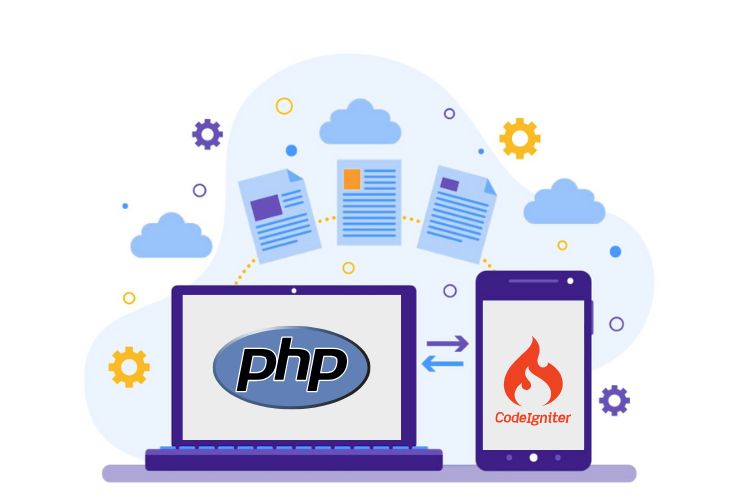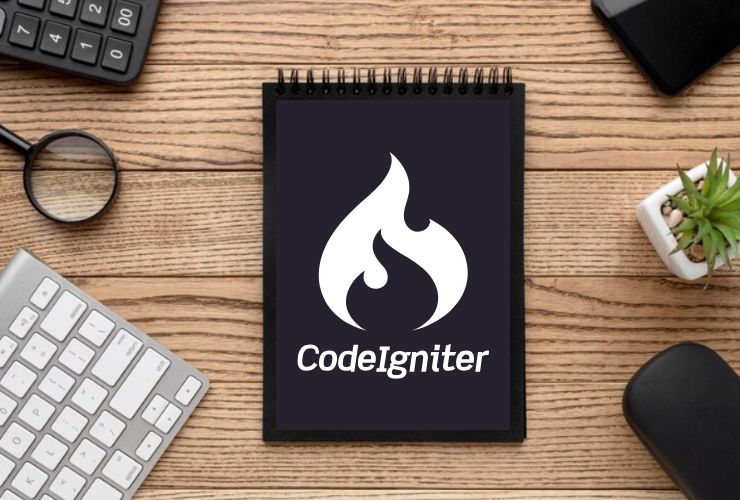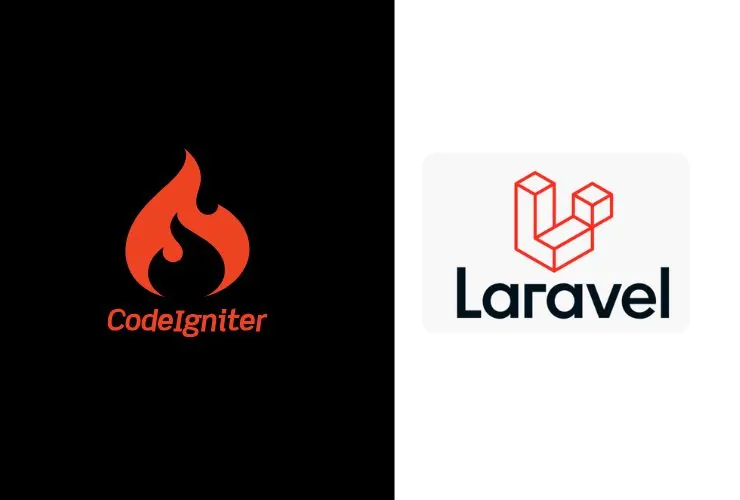Server-side performance is a matter of the highest importance when designing dynamic websites and applications with PHP, influencing user experience, SEO, and business success considerably. Poor-performing websites not only frustrate users but also adversely affect bounce rates, search rankings, and conversion rates. The good news is that PHP continues to evolve with newer features and best practices enabling lightning-fast, scalable applications.
Regardless of whether you are building with an older application or building with the newest frameworks such as Laravel or Symfony, this tutorial addresses proven techniques that will assist you in optimizing PHP performance on the server side.
1. Use the Most Recent PHP Version
Make sure to always use the latest stable PHP version your stack supports. Each PHP release includes performance enhancements, memory usage improvements, and added functionality. PHP 8 introduced the JIT (Just-In-Time) compiler, which significantly speeds up execution time for certain types of code. Not only does upgrading improve performance, but it also provides access to the latest security fixes.
Check your codebase for compatibility before upgrading to avoid deprecated functionality or breaking changes.
2. Optimize Database Queries
Database access is typically the largest performance bottleneck. To achieve optimal performance:
- Use prepared statements: They avoid SQL injection and accelerate repeated query execution.
- Minimize query load: Get only what you need. Use SELECT * only when needed.
- Use proper indexing: Index your database tables on columns that are queried often.
- Batch operations: While inserting or updating multiple rows, try to do so in batches rather than loops.
- Make good use of caching: Cache data that is accessed oftentimes in-memory via Redis or Memcached in order to prevent frequent DB hits.
Also try to explain your SQL queries with EXPLAIN so you will know how they are being run.
3. Turn on Opcode Caching (OPcache)
OPcache caches compiled form of your PHP scripts in memory, thus preventing parsing and compiling code on the fly per request. This could optimize server load and execution in a big way.
Make sure OPcache is enabled and working fine by adjusting parameters such as:
- opcache.memory_consumption
- opcache.max_accelerated_files
- opcache.validate_timestamps
Its operation could be tracked by using tools such as opcache-gui so that cache hit rates and script behavior could be monitored.
4. Reduce File I/O Operations
Heavy file access—reading logs, loading config files, or adding scripts—hinders execution. To reduce file I/O:
- Zip and group your static assets (JS, CSS).
- Employ autoloaders to load classes on demand.
- Cache config or localisation files so they don’t get accessed over and over.
- Store sessions or temporary data in memory (Redis) rather than writing to disk.
5. Profile and Benchmark Your Code
Guesswork is the optimization’s worst enemy. Employ profiling tools to observe where bottlenecks occur:
- Xdebug: Perfect for debugging and profiling when run on the local machine.
- Blackfire.io: Provides detailed performance insights and advice.
- Tideways: Excellent for real-time production performance inspection.
All are useful in visualization of the slow functions or scripts in your application and assisting you in prioritizing your optimization effort exactly.
6. Use Composer and Autoloading Correctly
Composer is crucial to PHP dependency management but can inflate your project if abused. Use packages minimally and check your composer.json file from time to time. Use PSR-4 autoload to load classes on demand, instead of triggering unnecessary file inclusion.
Minimize use of require_once whenever possible, and let Composer’s autoloader feature optimize script loading.
7. GZIP Compression and HTTP Caching
Even when server-side regulated (Apache/Nginx), having HTML, CSS, and JavaScript resource compression enabled to significantly reduce payload and response time. Use mod_deflate (Apache) or gzip (Nginx) to compress assets before sending them out to the browser.
Also use HTTP caching headers (Cache-Control, ETag, etc.) to tell browsers to cache static assets and minimize unnecessary downloads.
8. Choose PHP Frameworks and Libraries Wisely
Frameworks offer rapid development capabilities but can add performance overhead if not managed carefully. Disable unused middleware, service providers, or debugging tools in production environments. If you’re building a small project, consider micro-frameworks like Slim or Lumen that provide essential features without the weight of a full-stack framework.
Avoid loading unnecessary packages or classes during every request—every line of code adds to your app’s execution time.
9. Store Sessions More Efficiently
PHP stores sessions by default on disk, which is slow. For better performance, store sessions in memory using Redis or Memcached. This improves access time and scalability of session management.
Also:
- Periodically clean out stale sessions.
- Avoid storing large arrays or objects in sessions.
- Use encrypted storage when handling sensitive information.
10. Run PHP as PHP-FPM (FastCGI Process Manager)
PHP-FPM provides superior performance to legacy CGI or Apache mod_php setups. It executes multiple PHP processes inside pools, optimizing resource allocation and accelerating the handling of requests.
You can also tune FPM for performance:
- pm.max_children: Determines the number of child processes that can run.
- pm.max_requests: Determines the number of requests per child process before it is respawned.
PHP-FPM is compatible with Nginx and can serve more concurrent users with lower server resources.
Conclusion
Server-side PHP performance optimization is a comprehensive task of code, database query, file system access, session handling, and server configuration optimization. Optimizing them all by a small margin can result in staggering application speed, scalability, and reliability.
Through continuous monitoring, testing, and maintenance, your PHP applications will be fast, secure, and stable as they become increasingly resource-hungry and complex. Begin with the biggest wins and introduce a performance-first mindset into your dev workflow.

